Last Updated on March 3, 2023 by Amanda P. Brown
Cookware is a standard part of any kitchen and an essential element of our cooking and dining. Our health is closely and directly related to this cookware. You should therefore choose your cooking and dining utensils wisely. Hence, if you are wondering what is the safest cookware- Stainless steel, ceramic, Glass, bamboo, etc., are the best and safest choices.
However, in this article, you’ll find more information about which cookware is made from safe materials and which isn’t, along with recommendations on which ones to use. Let’s go down the page.
What is the Safest Cookware?
Table of Contents
There are different cookware in color, type, and material. Let’s check out the most reliable, risk-free options for food preparation.
1. Ceramics
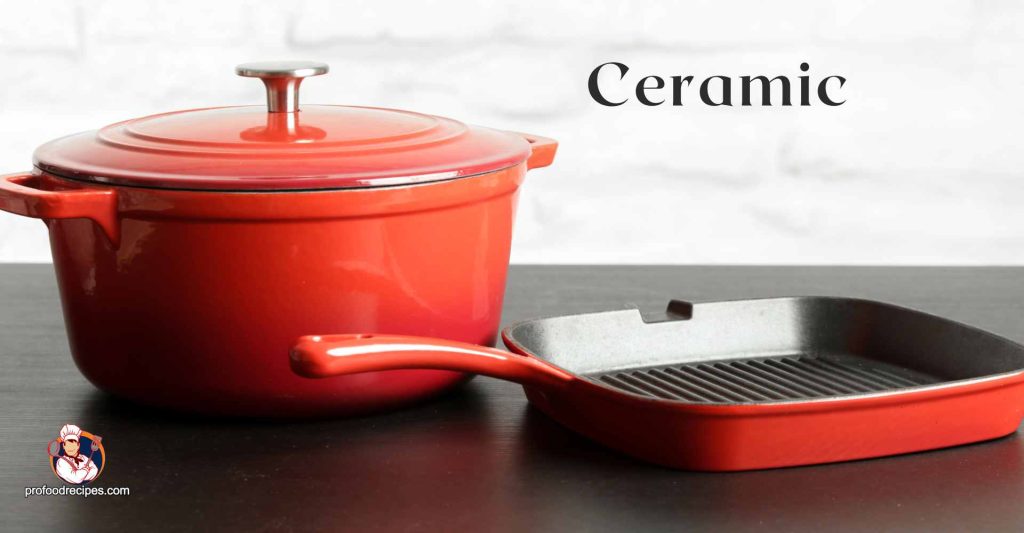
Ceramics are created by subjecting clay to intense heat and fire. This ceramic cookware is heat friendly, chemical-free, versatile, durable, safe for our health, non-sticky, extensive selections, and inexpensive.
However, ceramic is considered a safe material for human health. Pure ceramic cookware comes through a high-temperature process. So, these ware are free from toxic chemicals such as PTFE, Cadmium, PFOA, PFAS, Lead, heavy metals, or synthetic coating.
Usually, this ceramic cookware is made only from natural minerals. So they are quite non-responsive and can handle highly acidic foods without absorbing odors and flavors and staining by attire.
Moreover, you can use ceramic in many layers, such as cooking food on the stove, oven, or microwave. In contrast to plastic tableware, it can be heated without melting and breaking. The ceramic’s smooth and glassy texture helps you clean the dishes easily and quickly.
Moreover, lead testing can ensure your safe ceramic ware specifically.
2. Glass
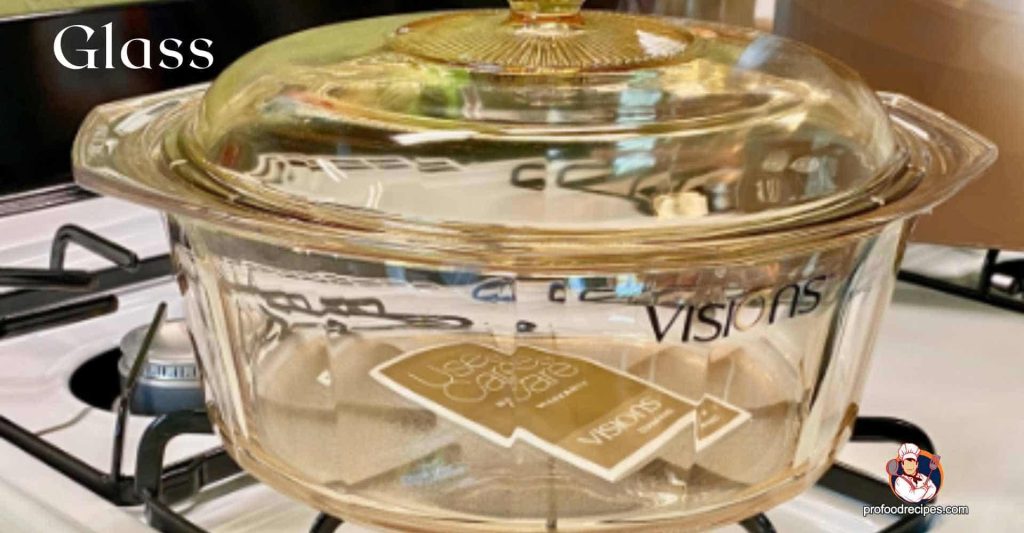
Generally, glass cookware is durable, eco-friendly, and non-toxic. They also lead to many incredible health benefits because every element made of Glass is natural. It helps to preserve and keep your food fresh for a long time. Even Its chemicals are not leached into drinks and food. And it provides a healthy defense against germs and extreme temperatures.
Moreover, after enjoying a meal in glassware, it doesn’t take long to wash. You can easily clean them. Glass also does not hold any taste or stain of food.
However, the main issue with glass cookware is that it is fragile and comparatively expensive.
3. Stainless Steel
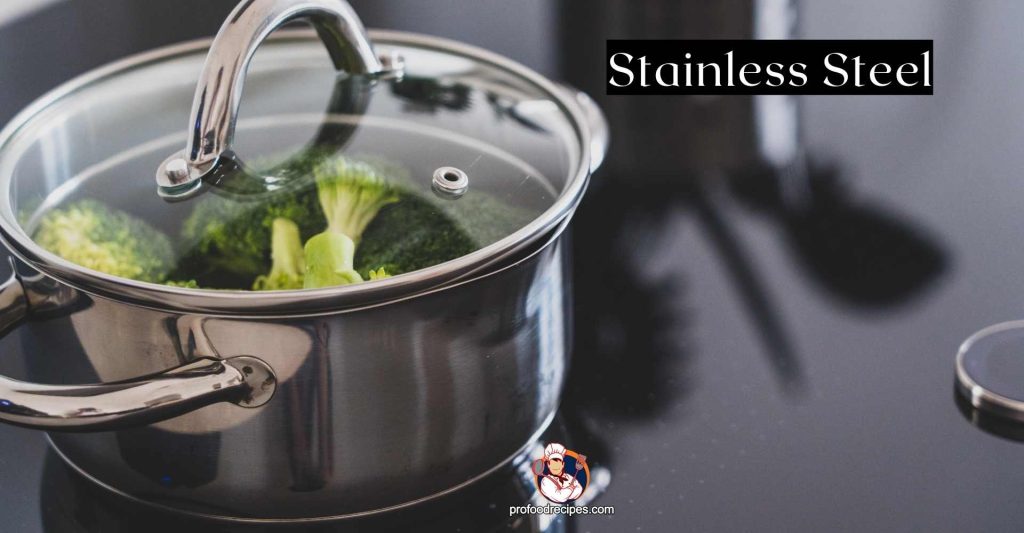
This cookware is made of premium-grade stainless steel. These are non-toxic, rust resistant, dishwasher safe, eco-friendly, non-reactive to acidic foods, safe for daily use by children, low maintenance, quick, and easy to clean. Moreover, they are highly affordable and long-lasting.
Stainless steel is an alloy of different types of steel like iron, chromium, nickel, etc. These components are produced in a cutting-edge Electric arc furnace. That’s why they do not change the color or flavor of food. Even does not contaminate the food. Such steel effectively maintains food safety.
Nevertheless, those with an allergy or sensitivity to chromium or nickel can face health issues with the food made on this cookware. The reason is that trace metals can emit from stainless steel and involve with food. But if you select 18/10 stainless steel ware, you can be quite free from this allergy problem.
Moreover, stainless steel cookware is also safe for cooking your favorite recipes.
Read More:
- Is Stainless Steel Cookware Toxic?
- How to Care for Stainless Steel Cookware?
- How to Cook With Stainless Steel Cookware?
4. Porcelain
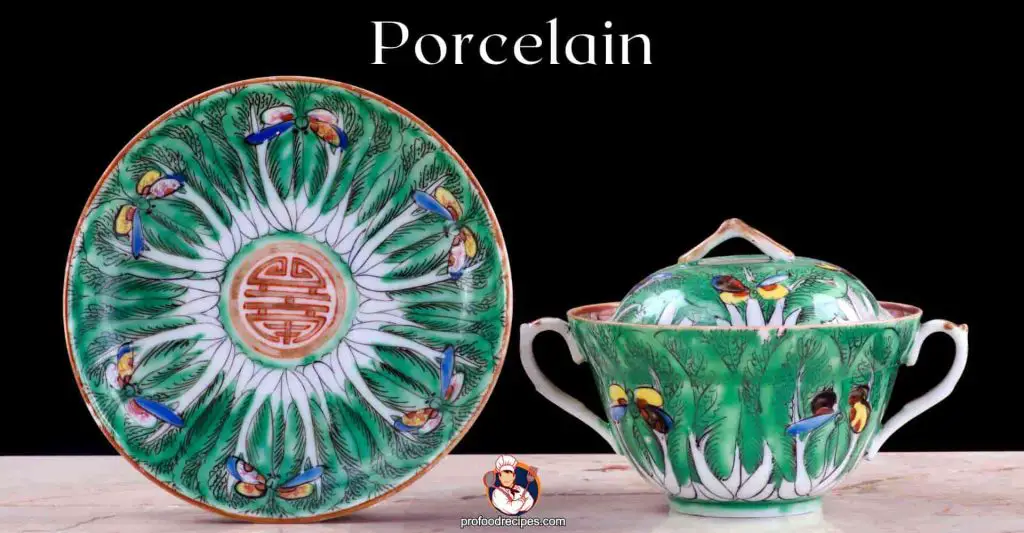
Porcelain is ceramic tableware or cookware; its distinctive features are environmental friendliness, lightness, and transparency. The ability of porcelain to keep soups and beverages at a consistent temperature over an extended period is one of its key benefits.
Among the disadvantages of plates and cups made of porcelain, one can note the high cost and relative complexity of caring for them. When it comes to washing porcelain, hand washing is preferred.
However, porcelain material cookware is safe to use. You can distinguish porcelain cookware from other ceramic products by the purity of the ringing it emits when it hits.
5. Earthenware
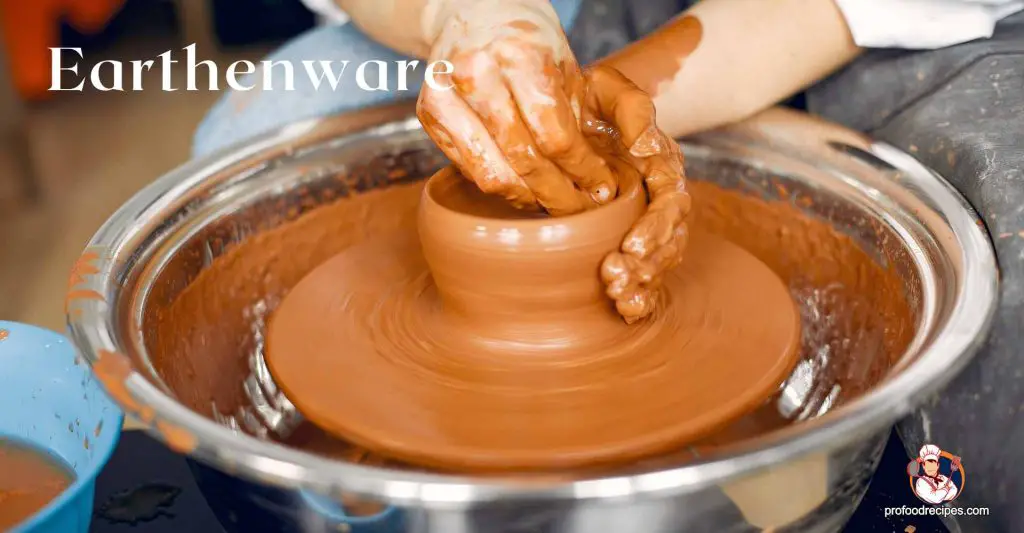
Another, more budget-friendly variety of ceramics is earthenware. It is characterized by a lower degree of whiteness, a greater wall thickness, and smoothness of the finished product shapes. Earthenware cannot withstand high temperatures, so it cannot be considered very sturdy. Washing it in the dishwasher is also not worth it, especially if there is icing.
Yet, they come in various sizes and forms to accommodate a wide range of applications in the kitchen and the cooking serving in the restaurant.
Not the most formal, but undoubtedly the most practical choice for daily use. This cookware is quite eco-friendly, retains its marketable appearance for a long time, does not absorb odors, and is easy to care for.
When purchasing pattern-decorated cookware, ensure that the painting is applied beneath the glaze; otherwise, the metals contained in the paints (cadmium and lead) will leach into the food. A dangerous painting can be identified by its color saturation.
Read More: What is the Difference Between Earthenware and Stoneware?
6. Melamine

Melamine is lightweight, nearly unbreakable, simple to use, and inexpensive. According to FDA, Melamine cookware is safe for eating or drinking.
The risk of leaching dangerous elements into food is too low. Discoloration and leach can happen if you heat too acidic food in the melamine for a long time. But this rarely happens. Usually, melamine cookware is safe for health. You can use melamine material cookery also.
7. Bamboo
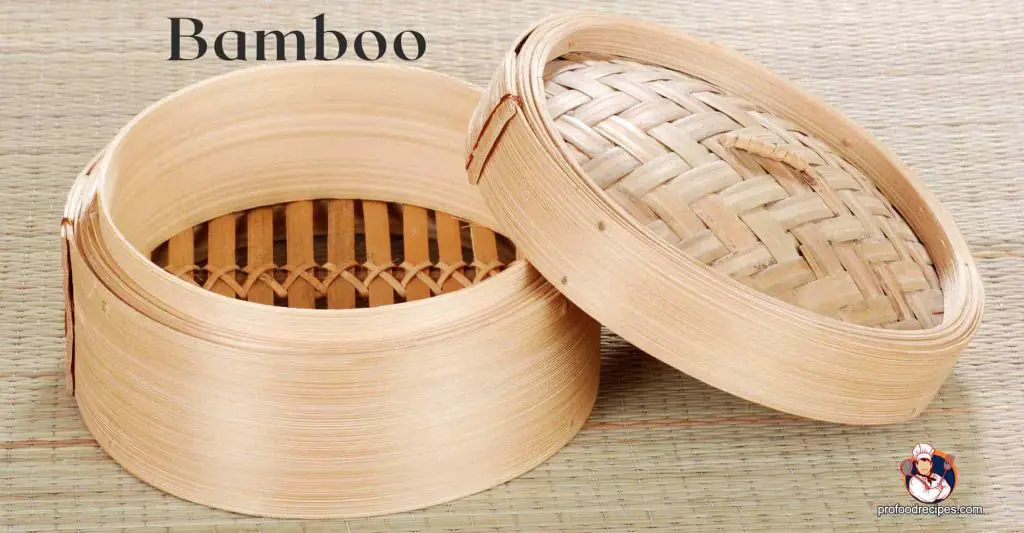
Bamboo cookware is made from bamboo sticks. They are completely safe for serving food. You can’t cook food on them direct fire, but serving hot or cold food; they are a great choice. This cookware doesn’t contain harmful chemicals. So, no chance of to react with food that can harm your health. Moreover, they are child-friendly.
8. Wood
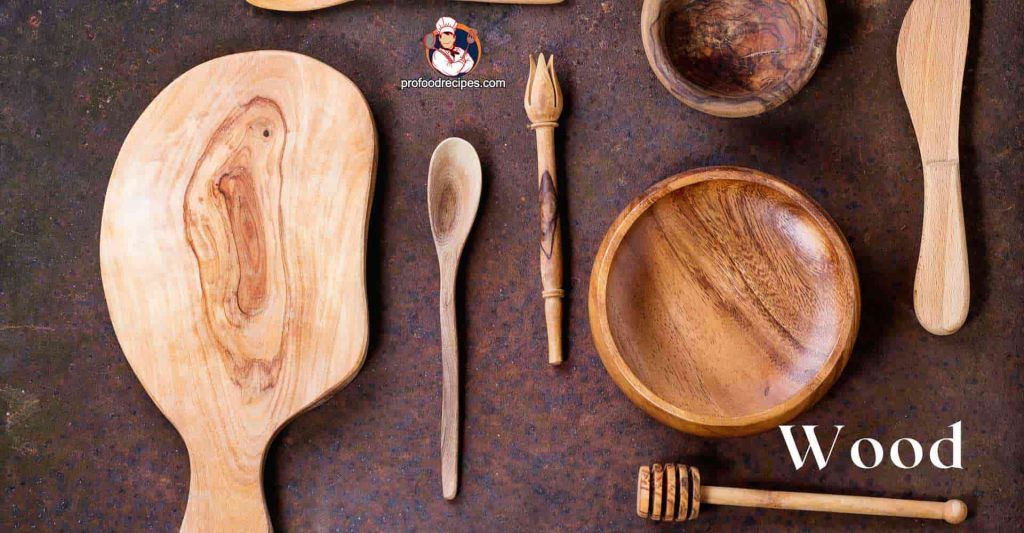
Wood cookware is also the most common and safe for serving food. Like bamboo, you can’t cook foods on an open fire, but serving or eating from it is safe. They are available in various sizes, and none contain potentially dangerous substances.
The hardwood cookware (maple, beech, and birch) is mostly safe. They may not much strong and catch stains fast. Thus, cleaning them is a tough challenge. But good quality woodware is long-lasting and biodegradable. However, you can choose them as your kitchenware without worrying about health.
9. Terracotta

This cookware is made of clay, uncoated with glaze. It is eco-friendly and prepared in cookware with a special aroma and taste. Properly seasoned well, tarnished pots are safe for cooking and eating. They don’t react with foods, as terracotta is made from pure clay.
The disadvantages include the fragility of terracotta cookware. You need to take care of it carefully, avoid sudden temperature changes (otherwise, the clay will crack), wash it with a small amount of detergent so that the smell is not absorbed, wipe it thoroughly, and then dry it in the open air.
10. Silver
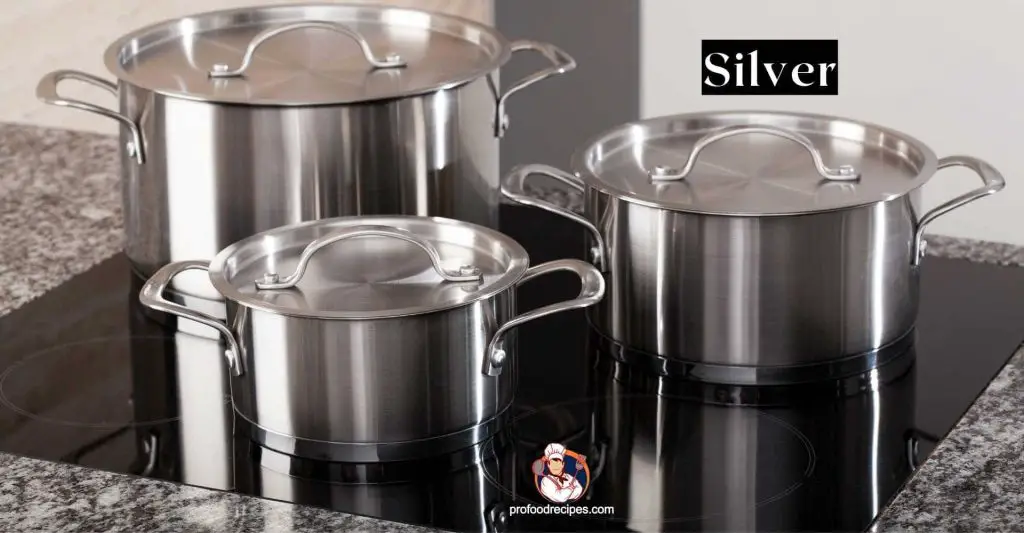
Silver cookware is one of the traditional and safe wares for every kitchen. They contain
Antibacterial and antimicrobial properties. Thus, it offers benefits to gut health and immunity. Even food made on silver cookware influences a person’s temperament to cool down hurriedly.
But your silver cookware should be made from pure silver, well tarnished and of good quality. Otherwise, highly acidic food and too high temperature can discolor the cookware, and exposition can occur. Thus, the silver element can leach, and chronic heavy metal contamination can result.
While you are buying, just ensure the material quality. Thus your silver dishes or cookware– will all be proven safe and non-toxic. You can pick them for your daily use by ensuring a little care.
11. Titanium
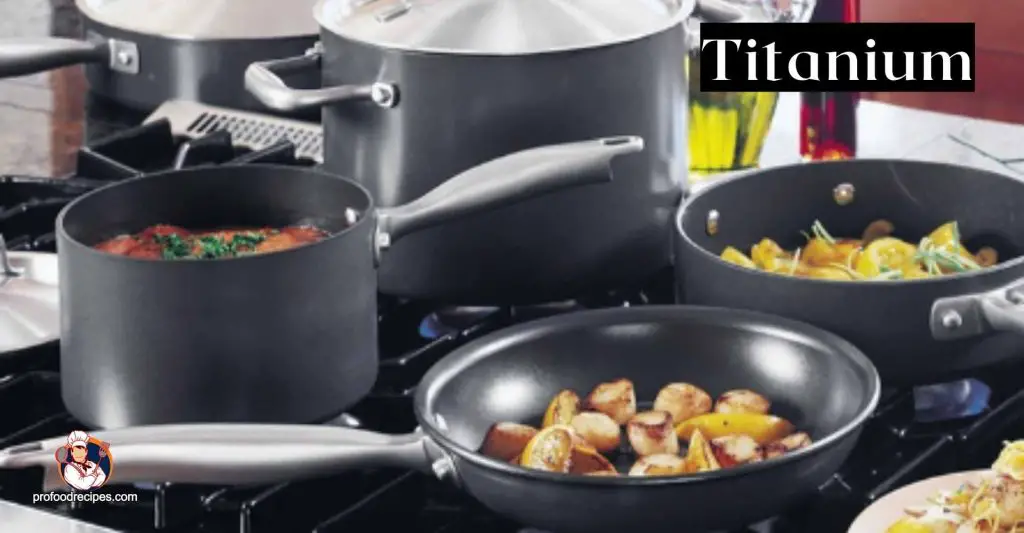
This cookware is considered food-grade safe. They are almost twice as light and durable as stainless steel cookware. They quickly catch the heat and evenly distribute. Moreover, these safest pan doesn’t emit harmful elements into the food.
Titanium is corrosion-resist and easy to clean. So, you can pick titanium cookware for your regular use.
12. Enamel
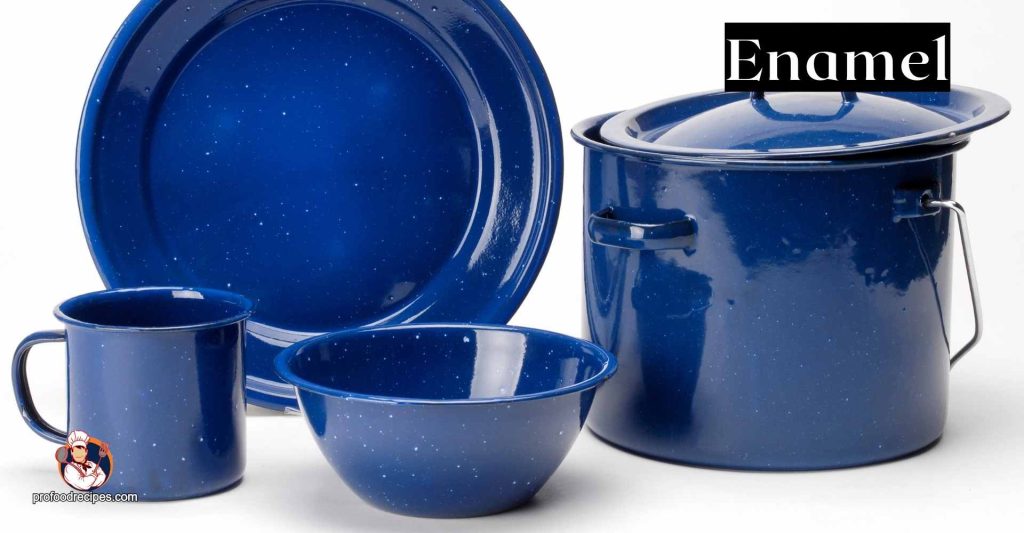
Enamel Cookware is inexpensive and eco-friendly; such cookware is suitable for long-term storage since bacteria on the smooth surface of enamel practically do not multiply.
But when the first piece of enamel breaks off from the inside, you should stop using it. Otherwise, the metal ions gain direct access to the food. Since enamel cookware is unstable to temperature changes and mechanical damage, you must change it often. But
Moreover, chemical compounds of heavy metals are found in several color additives used to increase hue. These substances actively interact with liquids and products, can easily enter the human body, and cause several dangerous diseases. When choosing enamel cookware, ask the seller for the product’s technical data sheet and read the enamel composition.
13. Cast Iron
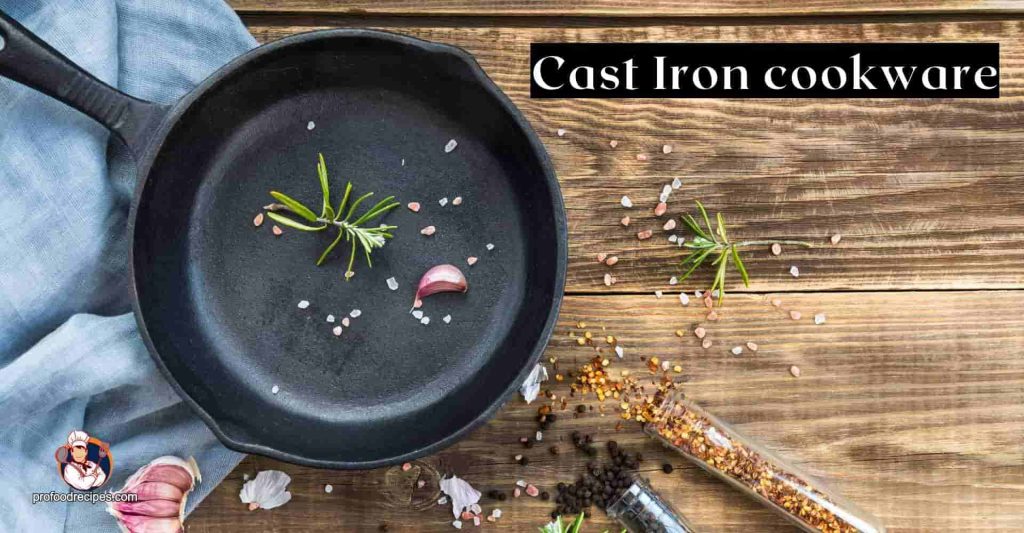
Cast iron is usually cookware, but you can serve food as a food holder. They are safe pans and provide authentic traditional flavor to cooking as they are hypoallergenic and non-toxic, strong, and durable. The food in these cookware doesn’t burn when prepared properly and only improves over time.
Cookware with high-quality cast iron can be handed down through the generations; cast iron has several drawbacks, including its heaviness and capacity to collect smells. You should not store food, especially flavorful ones, in cast-iron cookware. The cast-iron pan needs to be dried quickly after washing to prevent rusting. But usually, for cooking, they don’t emit any harmful elements like lead into food.
Read More: Is Non Stick Cookware Safe?
Toxic Cookware
Both safe and dangerous cookware are readily available. You can contrast your cookware with cookware made of dangerous materials to make sure it is secure. Some cookware contains dangerous substances that seep into food. Finally, they will expose you to several long-term health risks.
However, the cookware listed below is hazardous.
1. Teflon
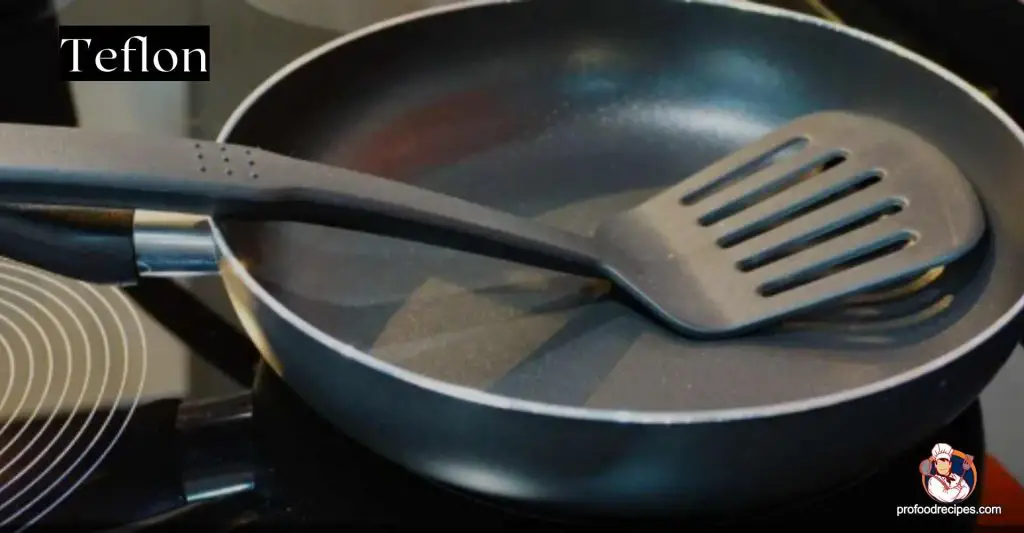
Teflon is made from a specific Perfluorocarbon (PFC) type. Avoiding anything coated with Teflon or other chemicals in kitchens would be best.
Following the Ecological Working Group (EWG), PFC is associated with kidney cancer, testicular exposure, low birth weight, obesity, preeclampsia, and thyroid problems. PFC can stay in your body for years, creating long-term health hazards.
Other PFCs found in nonstick cookware include Pertetrafluoroethylene (PTFEs) and Perfluorooctanoic Acid (PFOAs), which can lead to extreme health anxieties.
Moreover, at temperatures above 500 degrees Fahrenheit (260 degree Celsius), the Teflon coating on nonstick cookware starts to break down, which release poisonous chemicals into the air. Breathe in these fumes can cause polymer fume fever, also known as Teflon flu, and some signs you can face – are fever, headache, and chills.
2. Aluminum
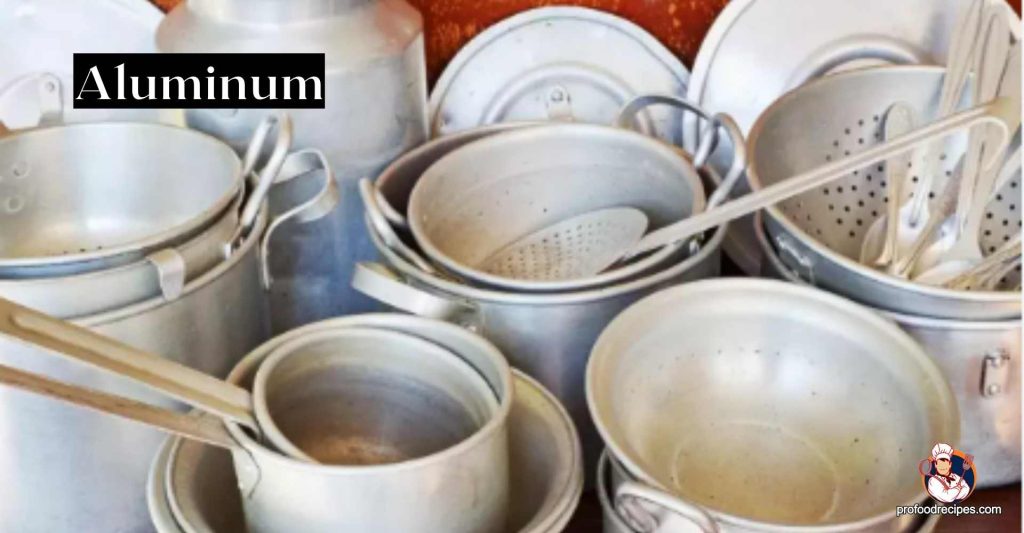
Generally, aluminum is highly reactive to acidic foods such as citrus juice, vinegar, and tomatoes. Thus aluminum will enter these foods and create a metallic taste by ruining the taste. Therefore, the aluminum pot’s surface can be perforated.
Aluminum is a hefty metal. So, if it gets to enter your body through the food, it can cause food poisoning. And can result in nausea and stomach problems.
Therefore, if you are looking for a multi-purpose vessel to cook your curries and sauces, it can’t fulfill your requirements and safety demand. So, avoiding such pots for cooking is a wise decision.
3. Copper
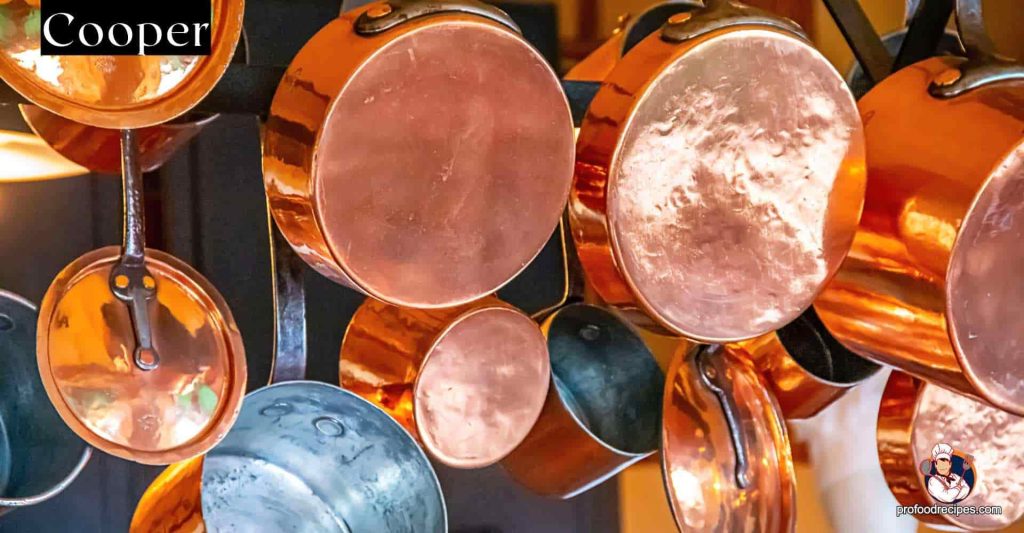
Copper cooking utensils are expensive and have high maintenance. It is not ideal for daily cooking.Copper tends to react with acids and salts at high temperatures. That’s why you must avoid using them because the food in them can quickly absorb the copper in the containers.
Copper leaching happens terribly when a copper pan is not aligned correctly. Thus it makes food more poisonous. And the excessive copper entering the body harm the brain, heart, kidneys, and liver, even if it can lead to death. So, avoid them to use in cooking.
Final Verdict
For obvious reasons, it’s important to ask, What is the safest cookware? due to the close relationship between cookware and food. Regarding your health, the utensils and appliances listed above are among the best options. The absolute worst offenders in terms of food safety are also highlighted.
Moreover, the best and safest materials are stainless steel, ceramics, and clear Glass without any color decoration. Cast iron is the most secure material for a cooking vessel. The two most hazardous materials are Teflon and lead-leaching pots. Therefore choose carefully to protect your health.
You May Also Like to Read:
- Carbon Steel Vs. Stainless Steel Pan
- Different Types of Dinnerware and Their Uses with Picture
- Is Paper Plate Microwave Safe?
- Are Ceramic Mugs Safe To Drink From?
- How Many Plates Should I have?
- How to Get Cutlery Marks Off Plates?
- Best Water Bottle Storage Ideas
